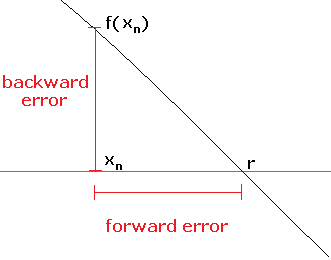

Moreover, deficits in WM are usually associated with several neuropsychiatric disorders, for instance, cognitive impairment 5, Parkinson’s disease (PD) 6, 7, attention-deficit hyperactivity disorder (ADHD) 2, 8, 9, Alzheimer’s disease (AD) 7, 10, 11 and schizophrenia 11, 12. Although WM plays an indispensable role for humans in aspects of daily life, academic performance and work, its capacity displays limitation. Working memory (WM) facilitates the process of temporary storage and manipulation of the information necessary for most higher level cognitive tasks, such as learning, reasoning, and comprehension 1, 2, 3, 4. In conclusion, while both techniques can be used as effective training methods to improve WM, the dual n-back task training method, perhaps has a more prominent transfer effect than that of method of loci. For untrained tasks, both training groups enhanced performance on digit-span task, while on change detection task, significant improvement was only observed in NBG. Our results showed that both training groups separately improved WM capacity on respective trained task. Therefore, the current study recruited three groups of young adults to investigate the memory training transference, with N-back group (NBG) (n = 50) training on dual n-back task, Memory Palace group (MPG) (n = 50) on method of loci, and a blank control group (BCG) (n = 48) receiving no training. Working memory (WM) training is a prevalent intervention for multiple cognitive deficits, however, the transfer effects to other cognitive tasks from gains in WM induced by different training techniques still remains controversial.


 0 kommentar(er)
0 kommentar(er)
